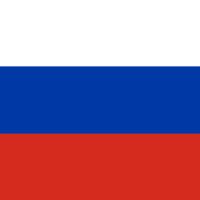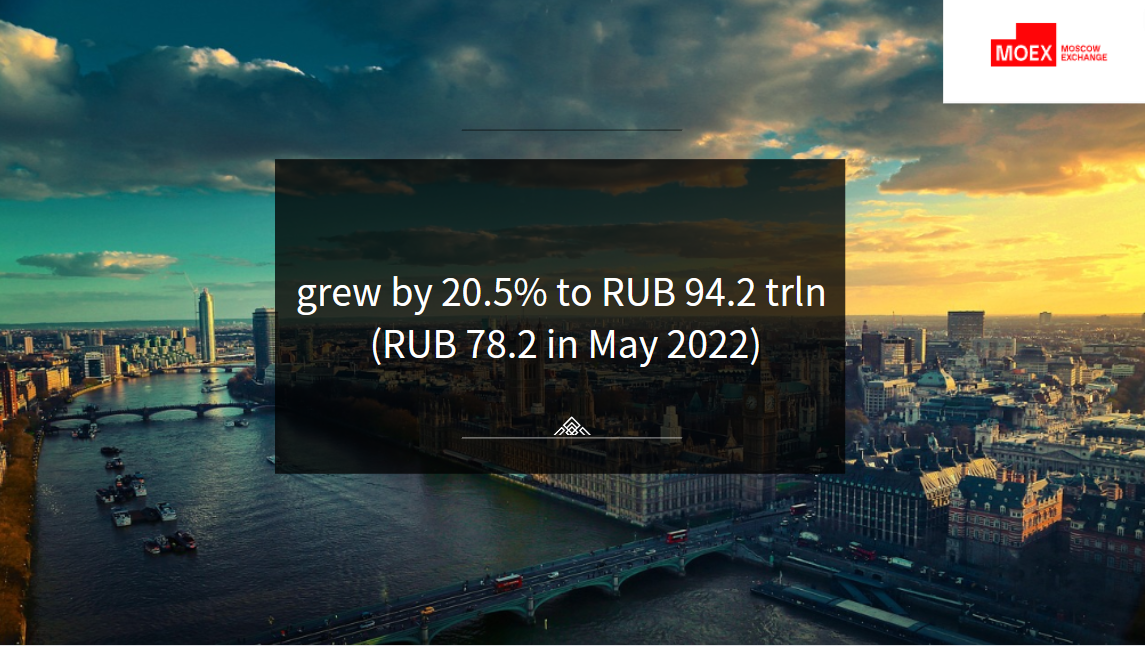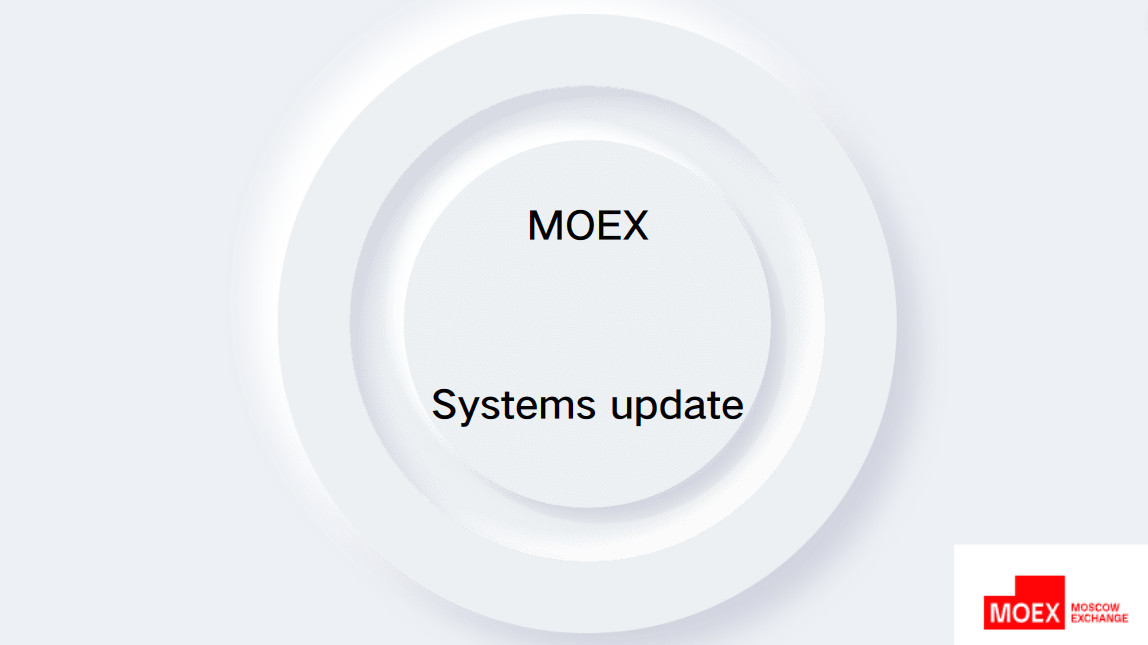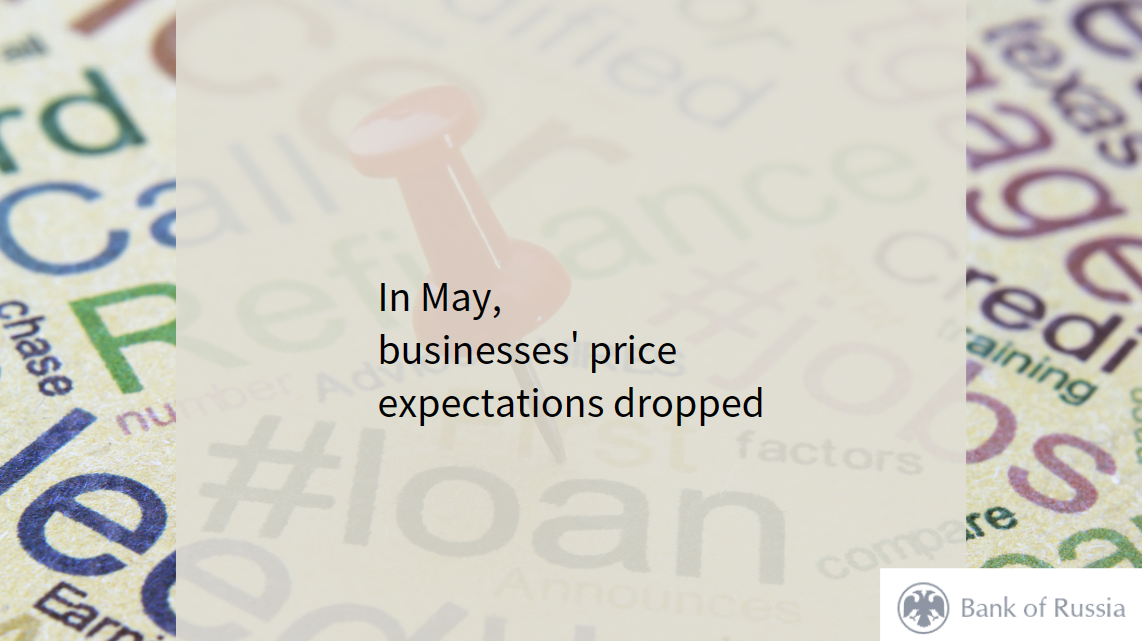Bank of Russia keeps the key rate at 7.50% p.a.
Current price growth rates, including the stable indicators of inflation, continue to increase. Inflation expectations of households and businesses’ price expectations remain high. Economic activity is rising faster than the Bank of Russia’s April forecast assumed, which in large measure reflects a strong rebound in domestic demand.
Accelerating fiscal spending, deteriorating terms of foreign trade and the situation in the labour market remain pro-inflationary risk drivers. The overall balance of inflation risks has tilted even more to the upside.
Moving forward, in its key rate decision-making, the Bank of Russia will take into account actual and expected inflation dynamics relative to the target and economic transformation processes, as well as the risks posed by domestic and external conditions and the reaction of financial markets. Given gradually rising inflationary pressures, the Bank of Russia holds open the prospect of increasing the key rate at its next meetings to stabilise inflation close to 4% in 2024 and further on. According to the Bank of Russia’s forecast, given the current monetary policy stance, annual inflation will come in at 4.5–6.5% in 2023 to return to 4% in 2024.
Inflation movements. Annual inflation has begun growing from its subdued levels as the low rates of monthly price growth seen between May and October 2022 drop out of the calculation and current inflationary pressures rise. As of 5 June, the annual growth rate of consumer prices is 2.6%, after 2.3% in April.
The current rate of price growth is about 4% (on an annualised basis). The Bank of Russia observes continued growth in the stable indicators of current price growth, which are drawing closer to 4% (on an annualised basis). Growth of inflationary pressure is seen across an increasingly broader range of goods and services. This largely comes on the back of recovering consumer demand and the pass-through into prices of the ruble weakening since early 2023.
Inflation expectations of households and businesses’ price expectations remain elevated. The latter are invariably marked with mixed trends across sectors, as a notable drop in price expectations in agriculture comes with their increase in trade and manufacturing. Analysts’ medium-term inflation expectations are anchored close to 4%.
According to the baseline scenario, given the monetary policy stance, annual inflation will come in at 4.5–6.5% in 2023, return to 4% in 2024 and will be close to 4% further on.
Monetary conditions, while still neutral overall, have softened slightly. Since the previous key rate meeting of the Board, OFZ yields and interest rates in the credit and deposit market are little changed. However, a softening is reported in non-price conditions of bank lending, largely on the back of upwardly revised borrowers’ credit scores. Amid improved business and consumer sentiment, this has contributed to dynamic growth in lending.
Credit activity remains high in both the corporate and retail segments. An acceleration is seen in mortgage lending, including due to trends in the market segment. Unsecured consumer lending has also expanded at an accelerated pace since the beginning of the year. At the same time, banks still report ongoing inflows of household funds to current accounts and deposits. The recovery in consumer lending and better consumer sentiment indicate a further decline in the propensity to save from its elevated levels.
Economic activity is rising faster than the Bank of Russia’s April forecast assumed. This in large measure reflects a strong rebound in domestic demand. Despite the persistently challenging external conditions, this supports positive business sentiment.
However, the current capacity to expand production in the Russian economy is increasingly limited by labour market conditions. Unemployment has dropped to a new historical low. Labour shortages are increasing in many industries amid the effects of the partial mobilisation as growth in businesses’ demand for labour continues. In these circumstances, productivity growth can lag behind real wage growth.
Changes in the aggregate demand structure continue amid the structural transformation of the economy. Domestic demand, partially replacing external demand, is making an increasingly larger contribution to these changes. The strong recovery in consumer demand continues. Overall, the contribution of fiscal policy to the expansion of domestic demand is still increasing, including due to growing government investment.
Inflation risks. The medium-term balance of inflation risks has tilted even more to the upside.
Meaningful pro-inflationary risks are related to geopolitical tensions affecting foreign trade terms. As a result, increasing foreign trade and financial restrictions can further weaken demand for Russian exports, contributing to inflation through exchange rate movements. Moreover, the increasing complexity of production, supply chains and payments due to external restrictions could lead to both higher import prices and more severe supply-side constraints in the Russian economy. A deterioration in the global economic growth outlook can also have significant short-term pro-inflationary effects, in particular given volatility in foreign financial markets.
The Bank of Russia’s baseline scenario is based on the decisions already made regarding the mid-term expenditure path of the federal budget and the fiscal system as a whole. In case of a further expansion in the budget deficit, pro-inflationary risks will increase and tighter monetary policy may be required to return inflation to target in 2024 and keep it close to 4% further on.
Pro-inflationary risks from the labour market are intensifying. Significant labour shortages may lead to labour productivity growth lagging behind growth in real wages.
High and unanchored inflation expectations, which are particularly sensitive to exchange rate fluctuations, are also a source of risk. In these conditions, the impact on prices from the weakening of the ruble since the beginning of the year can be more pronounced than expected in the baseline scenario. In addition, accelerating growth in lending and a significant decline in the savings rate could set the stage for a more rapid expansion of consumer demand that would outstrip the capacity to expand production.
A disinflationary risk for the baseline scenario is the continued high propensity of households to save amid increased general uncertainty as households take time to adapt to a new supply structure in consumer markets. A growing risk premium in bond yields and lending rates may additionally tighten monetary conditions, which will restrain lending in the economy. A disinflationary effect may also be caused by a faster adjustment of the economy, accompanied by an active recovery of imports among other things. Significant harvest carryovers from 2022 may in turn reduce even more prices in the coming quarters.
Moving forward, in its key rate decision-making the Bank of Russia will take into account actual and expected inflation dynamics relative to the target and economic transformation processes, as well as the risks posed by domestic and external conditions and the reaction of financial markets. In the context of gradually rising inflationary pressures, the Bank of Russia holds open the prospect of increasing the key rate at its next meetings to stabilise inflation close to 4% in 2024 and further on.
The Bank of Russia Board of Directors will hold its next rate review meeting on 21 July 2023. The press release on the Bank of Russia Board decision and the medium-term forecast are to be published at 13:30 Moscow time.






















































First, please LoginComment After ~